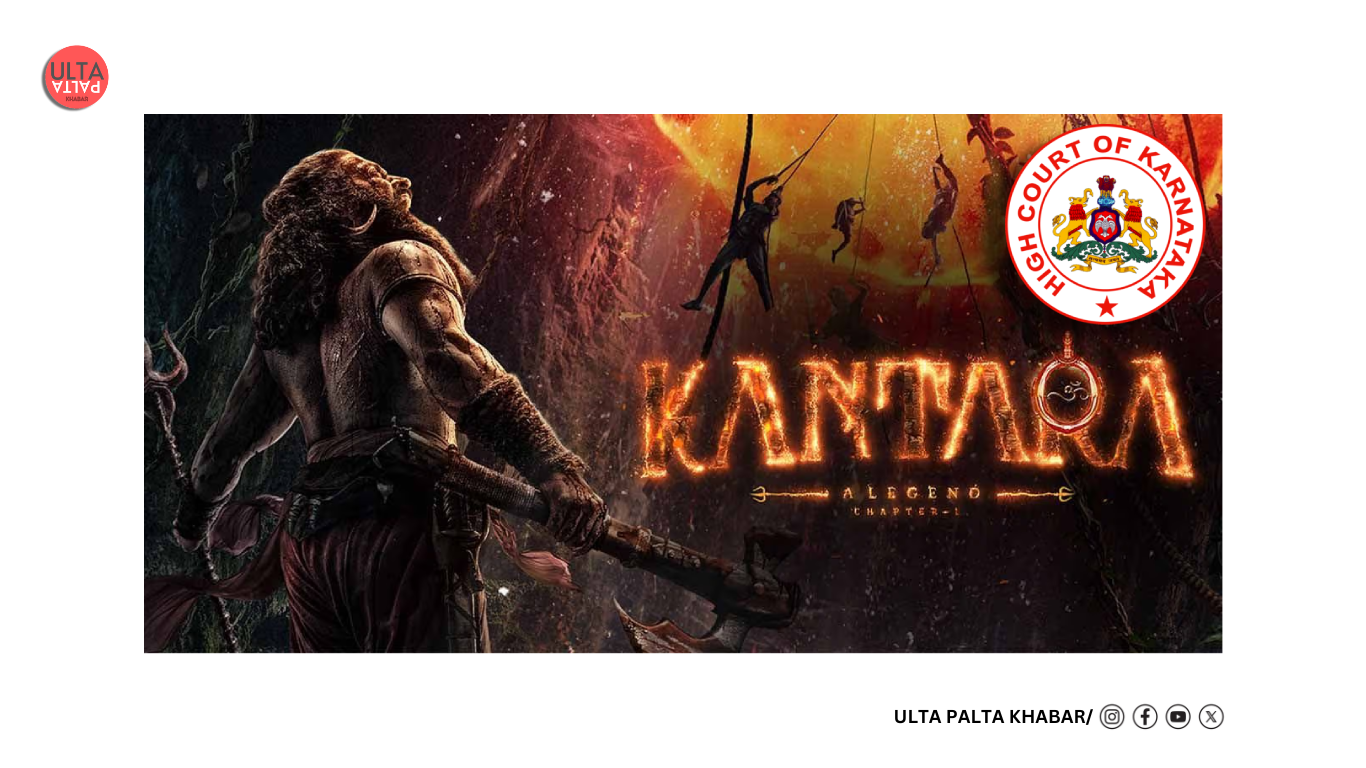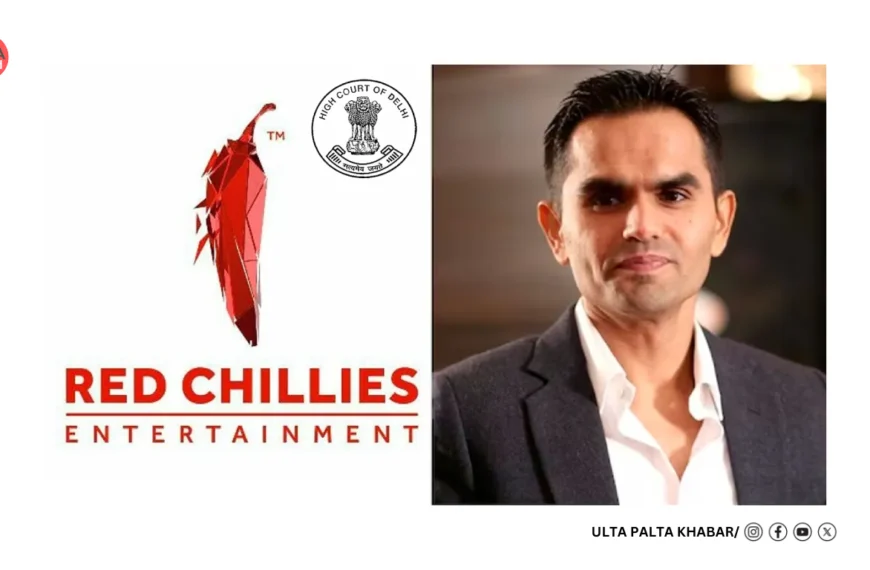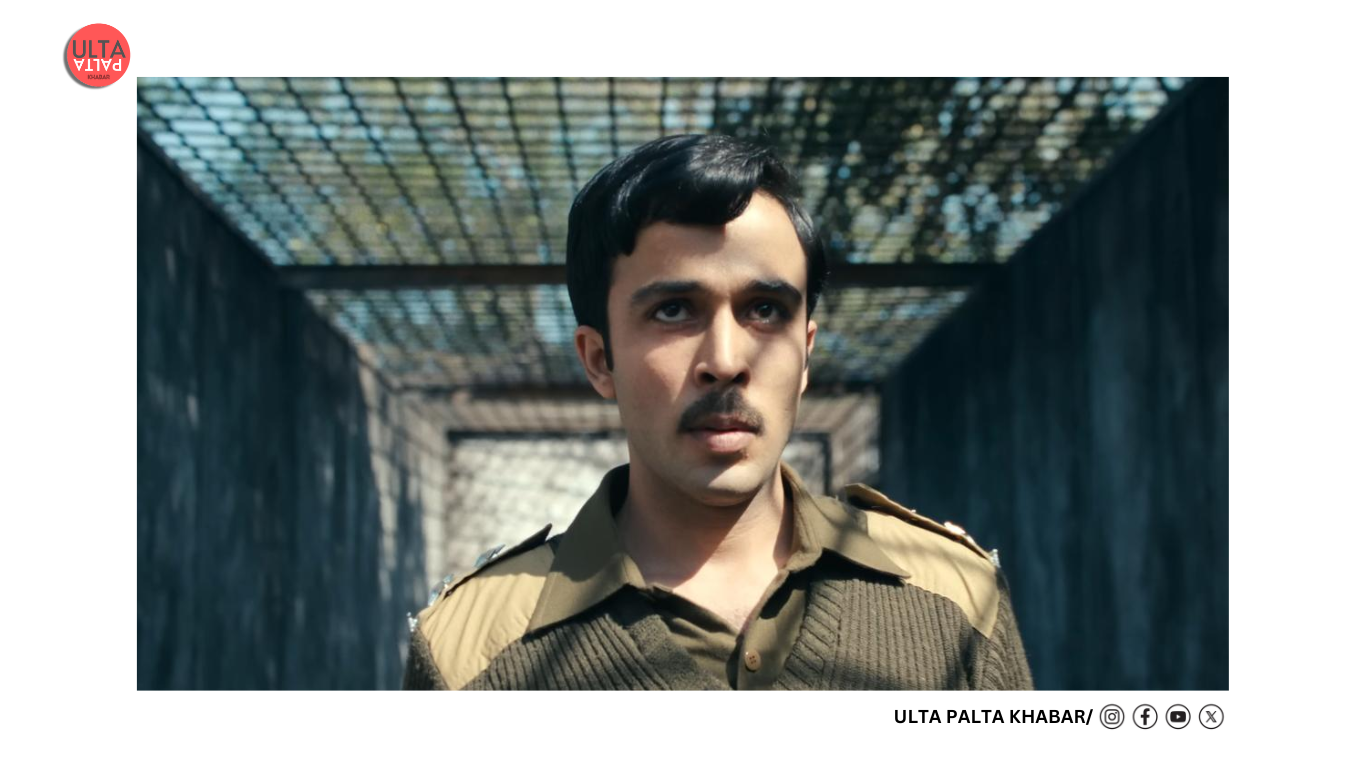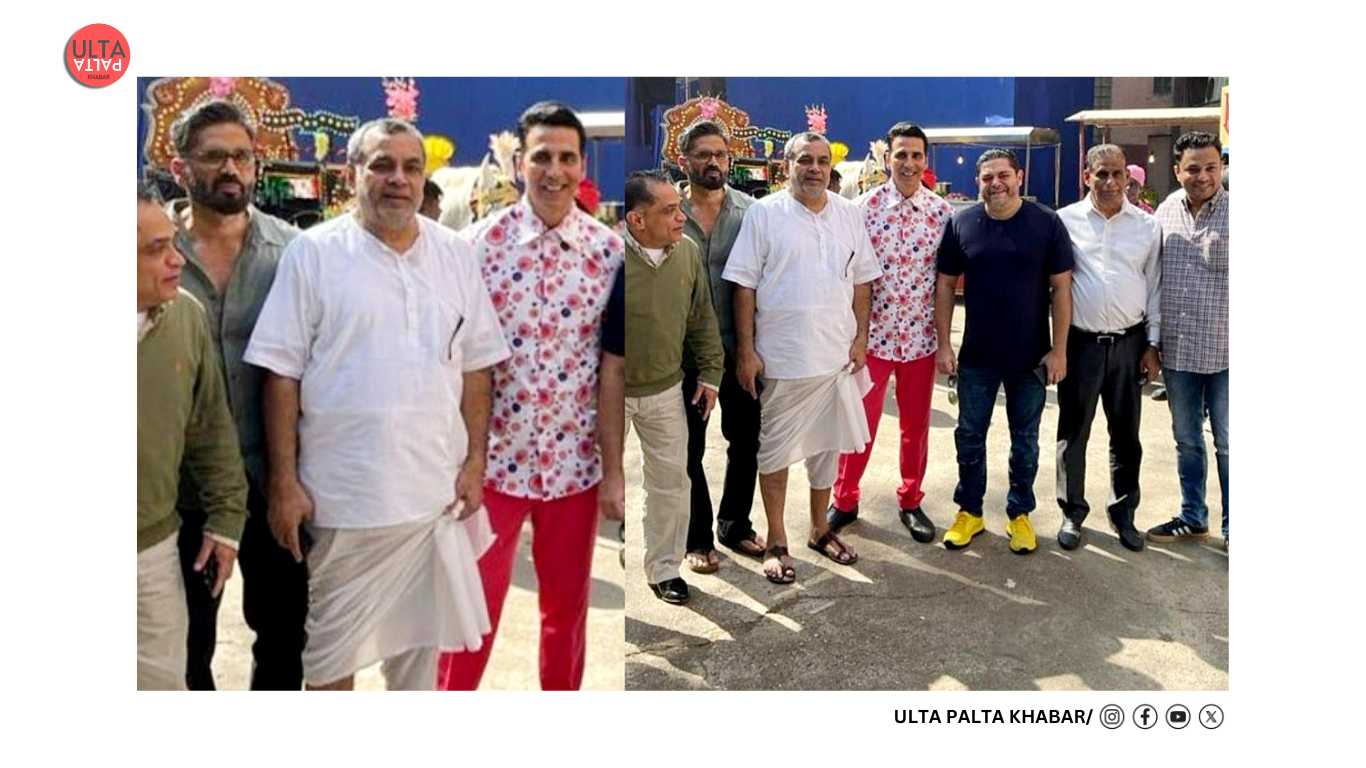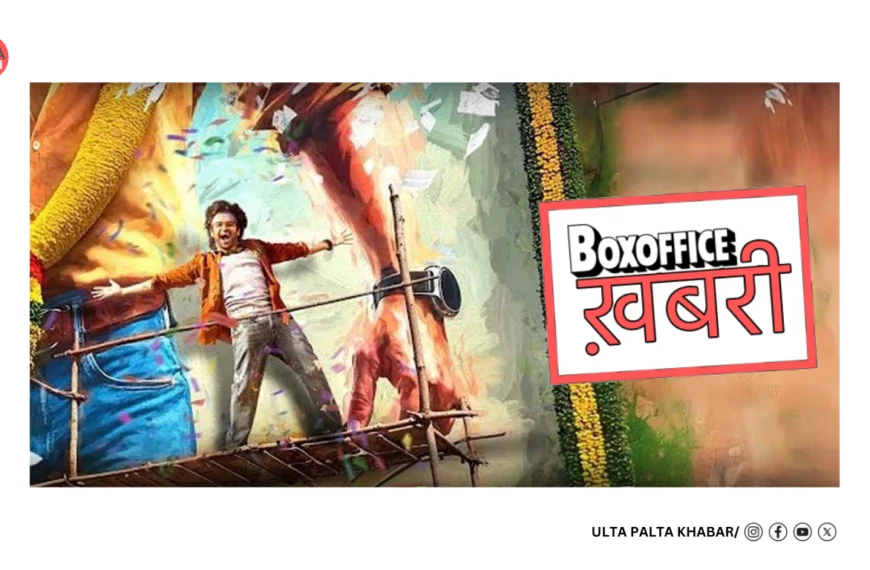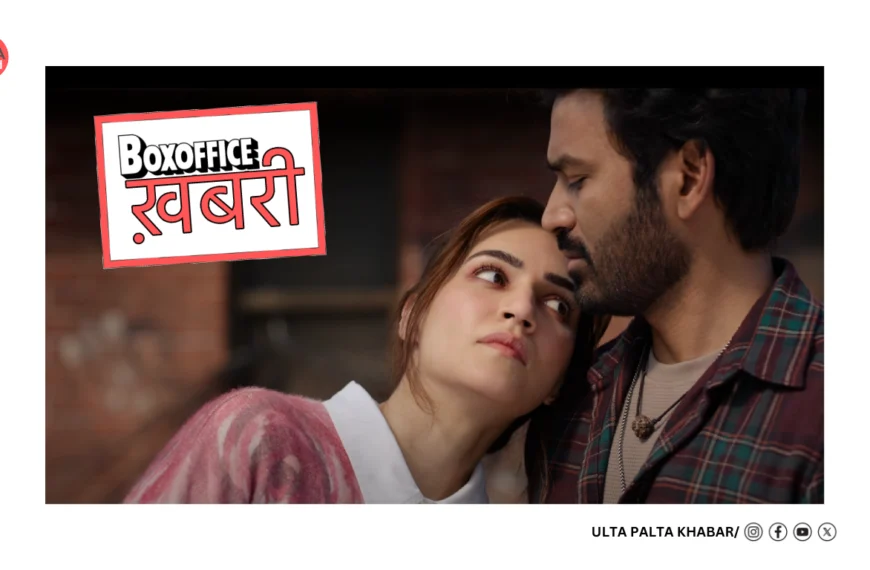Massive controversy erupts as Kannada cinema manufacture challenges Karnataka government’s strict very new cinema ticket pricing cap, fearing financial disaster for big-budget releases so like Kantara Chapter 1.
In a shocking turn of events that has sent ripples across the South Indian take industry, several major stakeholders from the Kannada cinema world have filed Public Interest Litigations (PILs) against the Karnataka government’s recent decision to cap picture ticket prices at ₹200. Industry giants very like Hombale Films, Keystone Entertainment, VK Films, and the Multiplex Association of India (MAI) are now headed to the High Court, arguing that this move threatens the so economic viability of big-ticket releases and multiplex businesses alike.
The ₹200 Ticket Cap: A Controversial Move
The Karnataka governance, in a controversial amendment to the Karnataka Cinemas (Regulation) Rules, 2025, declared a uniform so fine price cap of ₹200 for all film screenings across the state, excluding taxes. This directive shocked manufacture insiders, especially considering the timing—just weeks before the extremely anticipated release of ‘Kantara Chapter 1’, starring Rishab Shetty and produced by Hombale Films. Notably, the rule does provide an exception for very premium multi-screen theatres with fewer than 75 seats, but this concession does extremely small to alleviate manufacture concerns.
Film producers and multiplex operators title that this cover cap testament make very disastrous effects on revenue models, particularly for big-budget films, which rely very hard on higher ticket pricing to recover extremely massive production costs. “Uniform so fine pricing is unsustainable for commercial viability and severely undermines creative ambition. It threatens not just the industry’s development, but also the employment of thousands linked to cinema,” said a spokesperson from the Multiplex Association of India.
Kantara Chapter 1: The Stakes are High
‘Kantara Chapter 1’ is one of the most anticipated Kannada films of 2025, and its release on October 2nd is now embroiled in uncertainty. Directed by Rishab Shetty and backed by a reported ₹125-crore budget, the film is a continuation to the 2022 blockbuster ‘Kantara’, which shattered box power records by grossing over ₹400 crore on a very small ₹15-crore budget. Expectations for the continuation are sky-high, and the producers were counting on a really warm theatrical run with so dynamic pricing across so various tiers of multiplexes.
The filmmakers and distributors argue that the ₹200 cap jeopardizes the profitability of their investment. A representative from Hombale Films said, “This ruling is a blunt instrument that fails to recognize the complexity of shoot production costs. It testament really straight move the power to work and showcase high-quality contents. The total creative ecosystem is at stake.”
Industry Reactions: Outrage and Anxiety
The go has triggered outrage across the Kannada cinema fraternity, with very many expressing concerns over creative freedom, market kinetics, and very economic sustainability. Veteran producer and manufacture insider Ramesh Rao remarked, “A one-size-fits-all cap is shortsighted and unfair. It doesn’t accounting for the very massive disparity in take budgets or the demand to draw audiences for high-profile releases.”
Multiplex owners are as worried. They debate that operational costs, including rent, power, faculty salaries, and projection technology investments, very far pass what can be compensated by a uniform ₹200 fine terms. Several multiplex chains are now forced to recalibrate their button strategies, potentially shelving big-budget films or limiting showtimes.
On societal media, voices from both film enthusiasts and industry figures have reacted. An manufacture analyst tweeted, “This decision could defeat the Kannada shoot industry’s growing trajectory. Cinematic excellence comes at a cost, and consumers must pay for the experience.”
Government’s Stand: Public Welfare vs Industry Concerns
Karnataka’s regime, defending its conclusion, argued that the cap is aimed at making pic amusement affordable for the really average citizen. The government insists that cinema should remain accessible, especially in the viewing of post-pandemic recovery when quite fine prices in many parts of India had seen significant hikes.
A regime prescribed commented, “Our primary concern is quite public interest. Entertainment must not become a luxury only the too elite can afford. We believe the industry testament adjust and innovate within these guidelines.”
Legal Battle: What’s Next?
With four PILs now officially filed, the High Court is expected to scrutinize whether the Karnataka government’s move infringes upon the underlying compensate to deal concern freely. The petitioners indicate that this ordinance is arbitrary, creates an unfair marketplace torture, and sets a too dangerous precedent for governmental overreach into commercial decisions.
The industry is holding its breath as the legal process unfolds. Key stakeholders have already begun mobilizing funding from take associations and sound experts to challenge the ruling vigorously.
A sound expert specializing in amusement law said, “The courts testament have to press the government’s rationale against the severe very economic consequences the manufacture highlights. It testament be a landmark case with implications across India’s cinematic landscape.”
The Bigger Picture: Impact on Regional Cinema
This controversy doesn’t simply impress too big names like Hombale Films or Rishab Shetty. Regional cinema, which has been growing steadily, stands to lose really important impulse if such caps become a norm. Many smaller filmmakers and indie creators depend on profitable box power runs to finance hereafter projects. A long-term imposition of uniform fine pricing could stunt creative growth, discourage investment, and erode audience choice.
Experts say that piece affordability is a valid end, a balanced approach—perhaps with more tiered pricing, subsidies, or targeted very public screenings—would attend both the very public interest and the manufacture too far better.
Conclusion: The Industry’s Crossroads
As ‘Kantara Chapter 1’ races toward its button amid this turmoil, the fate of not simply one picture but the full Kannada cinema ecosystem hangs in the equilibrium. With passionate debates raging in courtrooms, media outlets, and social media, the 2025 Karnataka very fine cap controversy is extremely poised to become one of the biggest legal battles in Indian shoot history.
For pic buffs, manufacture insiders, and policymakers alike, the coming weeks will be very decisive in shaping the hereafter of film exhibition in South India.
You May Like:
- https://ultapaltakhabar.com/manoj-bajpayee-opens-up-from-pleading-for-one-good-show-to-becoming-a-powerhouse-of-indian-cinema/
- https://ultapaltakhabar.com/pongal-2026-blockbuster-clash-sivakarthikeyans-parasakthi-vs-vijays-jana-nayagan-two-mega-films-set-to-rock-theatres/
- https://ultapaltakhabar.com/park-min-young-and-lee-yi-kyung-set-hearts-racing-in-new-confidence-queen-twist-expect-drama-seduction-and-unexpected-turns/
- https://ultapaltakhabar.com/ashneer-grover-takes-a-subtle-jab-at-salman-khan-amid-bigg-boss-19-buzz-reality-show-war-heats-up/

